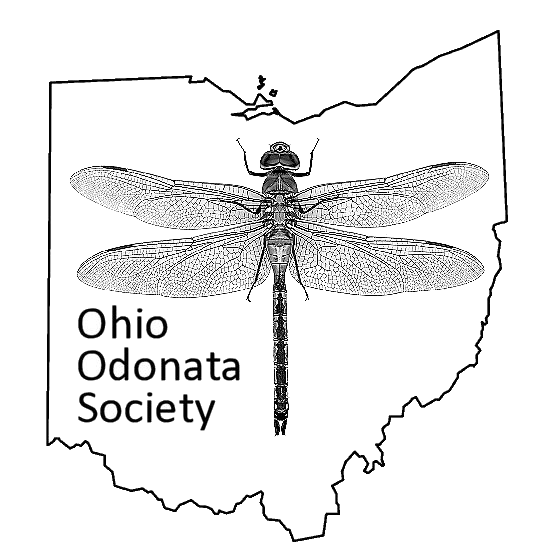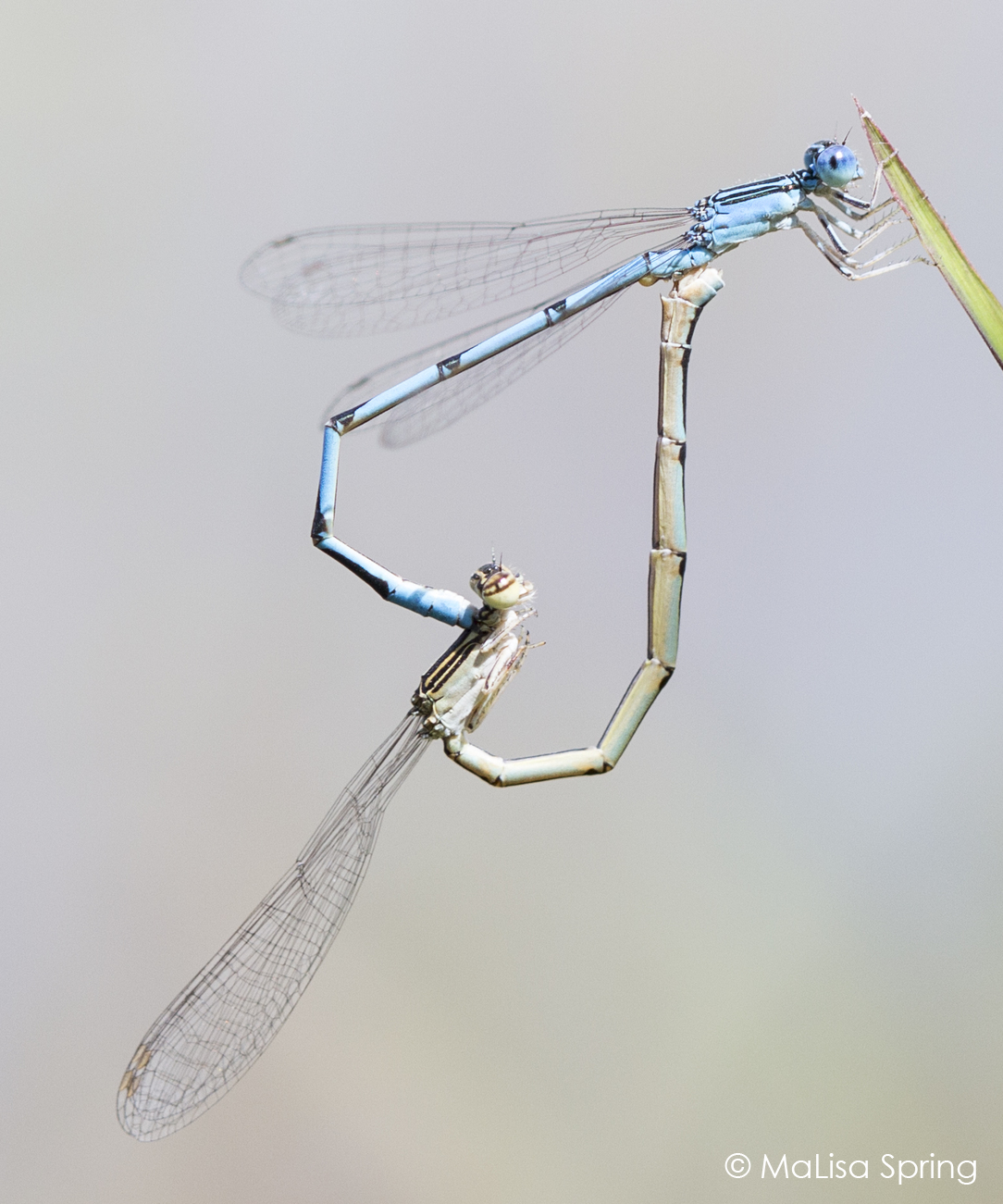So you want to get a county record
Fame, glory, being remembered forever on some sheet somewhere as the FIRST: that could be you, well perhaps minus the fame and glory. County records are observations that denote the first time something was found in X county. They are also a good excuse to get you out and about in a new location, a new date, or a new habitat searching to be the first. Some people enjoy the small bit of excitement of being the first at something, so if that sounds like you, then read on.
There are several ways to get a new county record. For dragonflies and damselflies, you would need to submit your data to the people compiling the yearly list of records. In our case, we accept physical specimens with proper collection information via regional coordinators. Photographic records are accepted via iNaturalist which allows incorporating location, date, and other information. [Note: since the original publication of this article, virtually all submissions have been photo observations through iNaturalist]
But how do I actually find county records to submit? I’m glad you asked!
There are several ways that you might encounter a new species for the county (or state).
1) It is a really common species that we expect to be all over the state, but has not yet been reported from every county. These would be super easy county records, but might require some travel to the few remaining counties that it has not yet been reported.
Double Striped Bluets are common across Ohio, but they haven’t been reported in two northwestern Ohio counties.
2) Look in new habitats. Some species of dragonflies are only found in very specific habitats. Examples would be seeps, springs, bogs, or even those that have a preference to hang out in the middle of a slow moving stream yards from the bank. There are several stream species that have micro-habitat preferences where they might prefer riffles compared to runs or vise versa. If you know the taxa you want to try to get a county record, you can try to focus on that type of habitat. Alternatively, you can try to visit as many habitat and micro-habitat types to increase the overall number of species you might see.
If you normally visit streams, then consider visiting forested ponds or vise versa. Some areas might have freshly emerged damselflies, as shown here.
3) Know your associated species. There are also some species of dragonflies that are associated with specific plants. Rubyspots are known to lay their eggs in Water Willow, so expect to find them in locations with it growing. Another example is duckweed and the Duckeed Firetail: – duckweed is common in southern Ohio, but no one has found the Duckweed Firetail yet. If someone was to find it, they would have their hands on a State Record.
If you find Water Willow along a stream bank, you are likely to find the American Rubyspot.
4) Time of day is key. Most dragonflies and damselflies are out during the heat of the day in full sun. There are a few species that fly at dusk and perhaps into the night (Vesper Bluets, Orange Bluets, Shadowdragons, among others) that you otherwise would not see when you are normally out looking for dragonflies. Perhaps consider a nighttime adventure?
5) Try searching for odes in different seasons. Some species only fly for a very short period, thus making them harder to find and report as a county record. If you want to see a Springtime Darner, you can bet you will not find it in August. There are many species of dragonflies that emerge in the spring and will not be found after late May.
Try searching for odes in different seasons. Some species only fly for a very short period, thus making them harder to find and report as a county record. If you want to see a Springtime Darner, you can bet you will not find it in August. There are many species of dragonflies that emerge in the spring and will not be found after late May.
To see all of our current species maps, see the Species Distributions Across Ohio maps.
by MaLisa Spring



